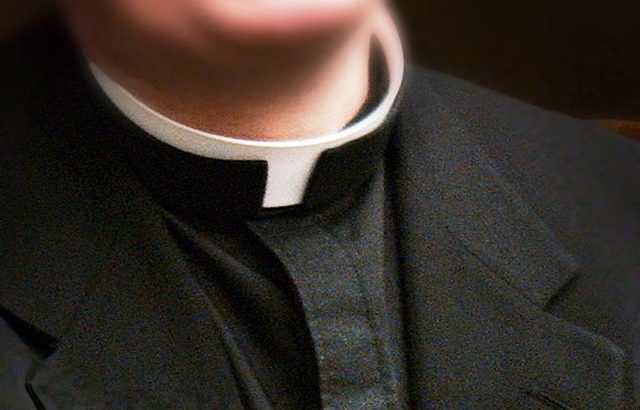‘Baptisms, marriages likely to disappear as priests become an endangered species’ was the dramatic headline in the Irish Independent this week. There was nothing new in the story and anyone who hasn’t noticed the declining number of priests in recent decades must be living under a rock. The report quoted a member of the Association of Catholic Priests (ACP) leadership team Fr Tim Hazelwood repeating points that the organisations leaders have been making since it was founded.
“We’re facing a catastrophic situation in the next 10 to 20 years, because there are not enough male celibate vocations to keep our parishes alive,” the ACP spokesman said before adding “We’re facing a really bleak future unless new measures are brought in.”
Vocations
The ACP leadership has long campaigned for the ordination of women and for a married clergy. Both moves, the priests at the top of the organisation believe, will lead to more vocations and revitalise the Church. It’s a narrative that the media is willing to lap up and very few people ask deeper questions about whether liberal reforms have worked anywhere else.
The weight of history is not on their side. Anglicanism is the model that many liberal Catholics look to for inspiration. Over the years, that tradition along with most mainline Protestant denominations have adopted virtually every liberal reform that critics have been calling for. Anglicanism has married priests, and women priests and the former Archbishop of Canterbury George Carey has even described euthanising elderly people as “profoundly Christian”.
No one could say that Anglicanism has been behind the curve in embracing virtually everything that is asked of it by liberal reformers. Some English cathedrals have even installed fairground attractions in a bid to win new adherents.
The results? Well, pathetic is probably too mild of a word. Along with the liberal Protestant denominations of northern Europe the Church in England is in freefall. The number of Britons who identify as Church of England has more than halved in the last 15 years, from 31% to 14%. The sharpest decline is among 45 to 54-year-olds, from 35% in 2002 to 11% in 2017.
Some English cathedrals have even installed fairground attractions in a bid to win new adherents”
At the same time, the number of people in Britain describing themselves as Catholics has remained static at 8%.
It’s a similar picture facing liberal Protestant denominations in other countries too. A recent headline in the Washington Post put it starkly, ‘If it doesn’t stem its decline, mainline Protestantism has just 23 Easters left’. In 2017, a Canadian study found that congregations seen as orthodox are continuing to grow there while congregations perceived as liberal continue to dwindle.
The study’s author, academic David Millard Haskell, presents his research as overturning older theories that “getting with the times” might revivify ecclesial life in the 21st Century.
The lesson, of course, is that liberal reforms have done nothing to halt decline. Those who think that following the lead of Anglicanism and other mainline Protestant traditions should think again.


 Michael Kelly
Michael Kelly
